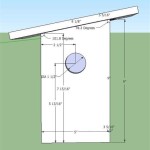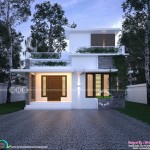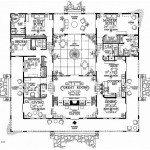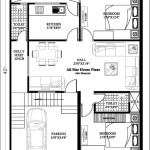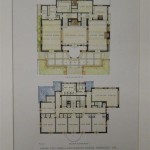Global Home Plans: Designing for a Diverse World
The concept of "home" transcends geographical boundaries, yet the physical manifestation of a dwelling varies significantly across cultures and climates. Global home plans encompass this diversity, offering architectural blueprints tailored to specific regional needs and preferences. This approach acknowledges the unique interplay of factors like climate, lifestyle, local materials, and cultural traditions that influence residential design.
Climate plays a crucial role in dictating the fundamental structure of a home. In tropical regions, designs often prioritize ventilation and shade to mitigate the effects of heat and humidity. Features like large windows, verandas, and high ceilings promote airflow, while strategically placed overhangs and landscaping provide shade. Conversely, homes in colder climates necessitate robust insulation, airtight construction, and efficient heating systems to combat low temperatures and snow. Smaller windows minimize heat loss, while thicker walls and insulated roofs retain warmth.
Cultural influences exert a powerful impact on home layouts and aesthetics. Traditional Japanese homes, for instance, often feature tatami mats, sliding shoji screens, and minimalist décor, reflecting a cultural emphasis on simplicity and harmony with nature. Mediterranean homes, on the other hand, might incorporate courtyards, terracotta roofs, and stucco walls, mirroring the region's warm climate and vibrant culture. Understanding these cultural nuances is crucial for developing globally sensitive home plans.
Local building materials contribute significantly to both the aesthetic and practical aspects of a dwelling. Using readily available resources not only reduces construction costs but also minimizes environmental impact. In regions with abundant timber, wood framing and cladding might be prevalent. Areas rich in clay might utilize brick or adobe construction. Incorporating local materials promotes sustainability and strengthens the connection between the home and its environment.
Lifestyle considerations also shape the design of global home plans. The number of occupants, their ages, and their daily routines influence the spatial organization and functionality of the home. A multigenerational family might require separate living quarters for elders, while a young couple might prioritize open-plan living spaces. Homes designed for remote work require dedicated office spaces with reliable internet connectivity, reflecting the evolving needs of the modern workforce.
Technology plays an increasingly important role in global home design. Advances in building information modeling (BIM) allow architects to create detailed 3D models of homes, facilitating collaboration and improving design accuracy. Sustainable technologies, such as solar panels, rainwater harvesting systems, and energy-efficient appliances, are becoming increasingly integrated into global home plans, promoting resource conservation and reducing environmental impact.
Accessibility is another critical consideration in global home design. Universal design principles aim to create homes that are usable by people of all ages and abilities. Features like wider doorways, ramps, and grab bars enhance accessibility for individuals with mobility challenges. Incorporating these features from the outset ensures that homes are inclusive and adaptable to changing needs.
The availability of land and its topography also influence home design. In densely populated urban areas, vertical living solutions, such as apartments and townhouses, are common. In rural areas with ample space, single-family homes with larger yards are prevalent. The slope of the land, the presence of water bodies, and prevailing wind patterns are all factors that architects consider when developing site-specific home plans.
Budget constraints are a universal factor in home design. Balancing aesthetic aspirations with financial realities requires careful planning and resource allocation. Utilizing cost-effective materials, optimizing space utilization, and prioritizing essential features over luxury amenities can help manage construction costs without compromising functionality or aesthetics.
The regulatory environment varies considerably across different regions. Building codes, zoning regulations, and permitting processes influence the design and construction of homes. Architects must be well-versed in local regulations to ensure compliance and avoid costly delays. Understanding these legal frameworks is crucial for developing feasible and compliant global home plans.
Global home plans represent a dynamic field, constantly evolving to meet the changing needs of a diverse world. By considering the interplay of climate, culture, materials, lifestyle, technology, accessibility, land availability, budget, and regulations, architects can create homes that are not only aesthetically pleasing but also functional, sustainable, and culturally relevant.

Global Houseplans Com Home Design Floor Plans House Kensington

Global House Plans Home Sater Design Collection

Find The Best Global Talent House Floor Design Home Plans N

Find The Best Global Talent Modern House Plans

Earthship Plan

Find The Best Global Talent Quality Interior Design Floor Plans Architect

3 Bedrooms 2 Bathrooms Global Earthship Biotecture Home Plans

Find The Best Global Talent House Plans With Photos Small Design

Find The Best Global Talent Small House Design Plans Home Floor Architectural

Gallery Of A S House Project Global Architects Associates 16

